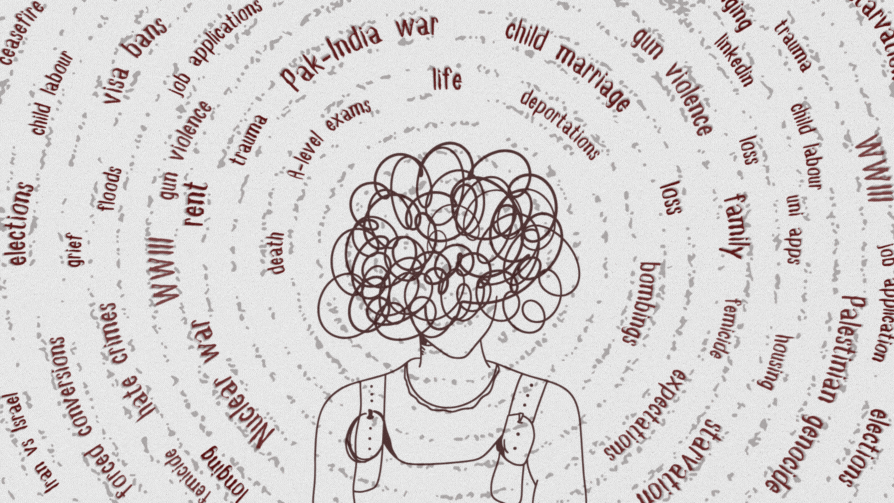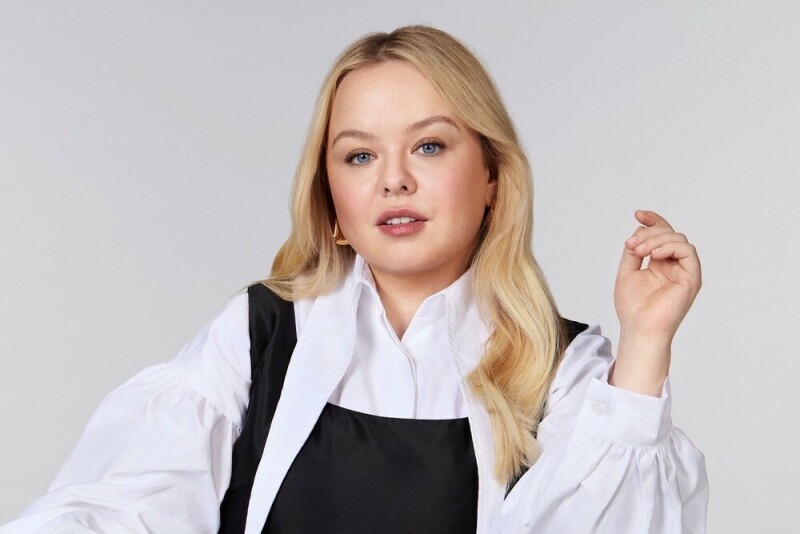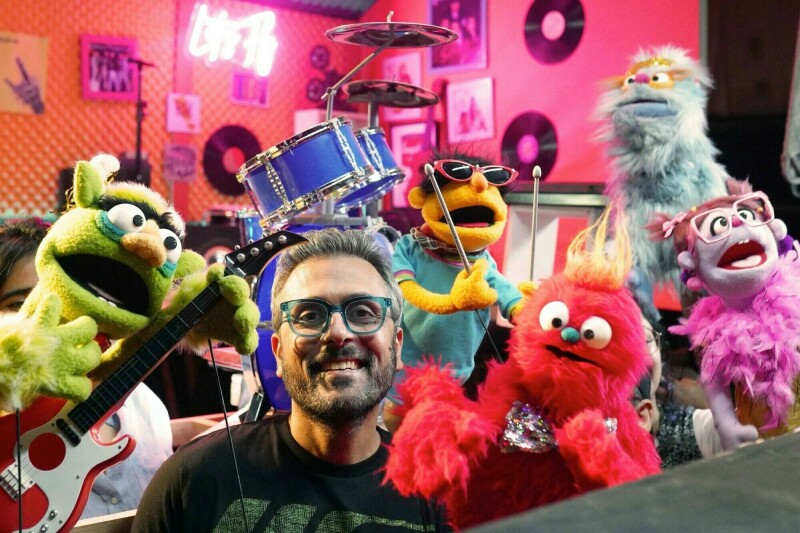How to make paaye just like the Mughals used to
Paaye or paaya is a popular winter dish but there is no hard and fast rules against not having it in the summer too. But you can only devour paaye if you forget your table manners and dip all fingers and thumb in the sticky curry.
It is sticky because it is full of natural gelatin. In fact, it can serve as a good remedy for people with complaints of joint pains. It is also great for colds and coughs. Paaye is bone broth really but not just any kind of bone soup.
To make paaye you need trotters. And to get these you need to head to the butchers. That is the dirtiest part of the deal. There are raw trotters and roasted ones. The roasted ones are easy to clean as the animal’s fur also gets burned off.
But if you want raw trotters there are several ways of removing the remnants of fur: wash them after rubbing dough on them or simply remove as much as you can before boiling the trotters to strain the broth later, hence leaving the fur or hair behind in the strainer.
There are mutton trotters as well as beef trotters but the recipe for both is the same. And to tenderise the trotters along with the tendons, etc., they need to be cooked overnight. This is also why many people find it easier to head to a restaurant for paaye instead of going through the trouble of cooking them at home.

The food street at Karachi’s Burns Road has Malik restaurant, best known for its paaye. Mohammad Rafaq, the head chef there boils 15kg of trotters in 30 litres of water on a low flame for 10 hours.
“It is tough meat. It needs to cook for a long time. Usually, I boil it on a high flame, which I then lower after giving it a few boils and then leave it on the stove from 5pm to 3am,” says the chef, who after switching off the stove catches up on his sleep till 7am when he returns to finish the job.
The ghee or cooking oil is then heated up on another stove and in another pot. Once hot enough, he adds some fried onions, ginger and garlic paste and salt and red chilli powder to taste. After stirring and frying for a few minutes, Rafaq pours the entire contents over into the cauldron waiting with the boiled trotters.
“‘Malik’ is a title given to my ancestor by the Mughul Emperor Shah Jahan, as he cooked paaye in the royal kitchen,” says the Malik restauarant owner. “We still cook paaye the way Emperor Shah Jahan liked it as the recipe has been passed on to us through generations."
“If you are cooking this at home, it won’t be in this huge quantity so there you can add in the trotters and the soup to the pot with the fried onion and spices. But here since the cauldron is too big and heavy we pour the oil or ghee over it and after adding garam masala, leave it to cook on a low flame for a couple of hours before adding the chopped coriander. Later, it can be served with condiments such as thinly-sliced ginger and lime,” he says.
Paaye can have other elements added to make them ‘extra special.’ One can also request the restaurant to add nulli (bone marrow), siri (skull) and zubaan (tongue) cooked separately on the side. Then there is just the naan left to be ordered from the tandoor.

The restaurant owner Gul Ahmed Ali says that they have been cooking paaye since before Partition. Ironically, he is not named ‘Malik’, though one had assumed that his restaurant would be named after him. “Actually, ‘Malik’ is a title given to my ancestor by the Mughul Emperor Shah Jahan, as he cooked paaye in the royal kitchen,” says the owner. “We still cook paaye the way Emperor Shah Jahan liked it as the recipe has been passed on to us through generations,” he smiles.
Originally published in Dawn, Sunday Magazine, January 15th, 2017













Comments